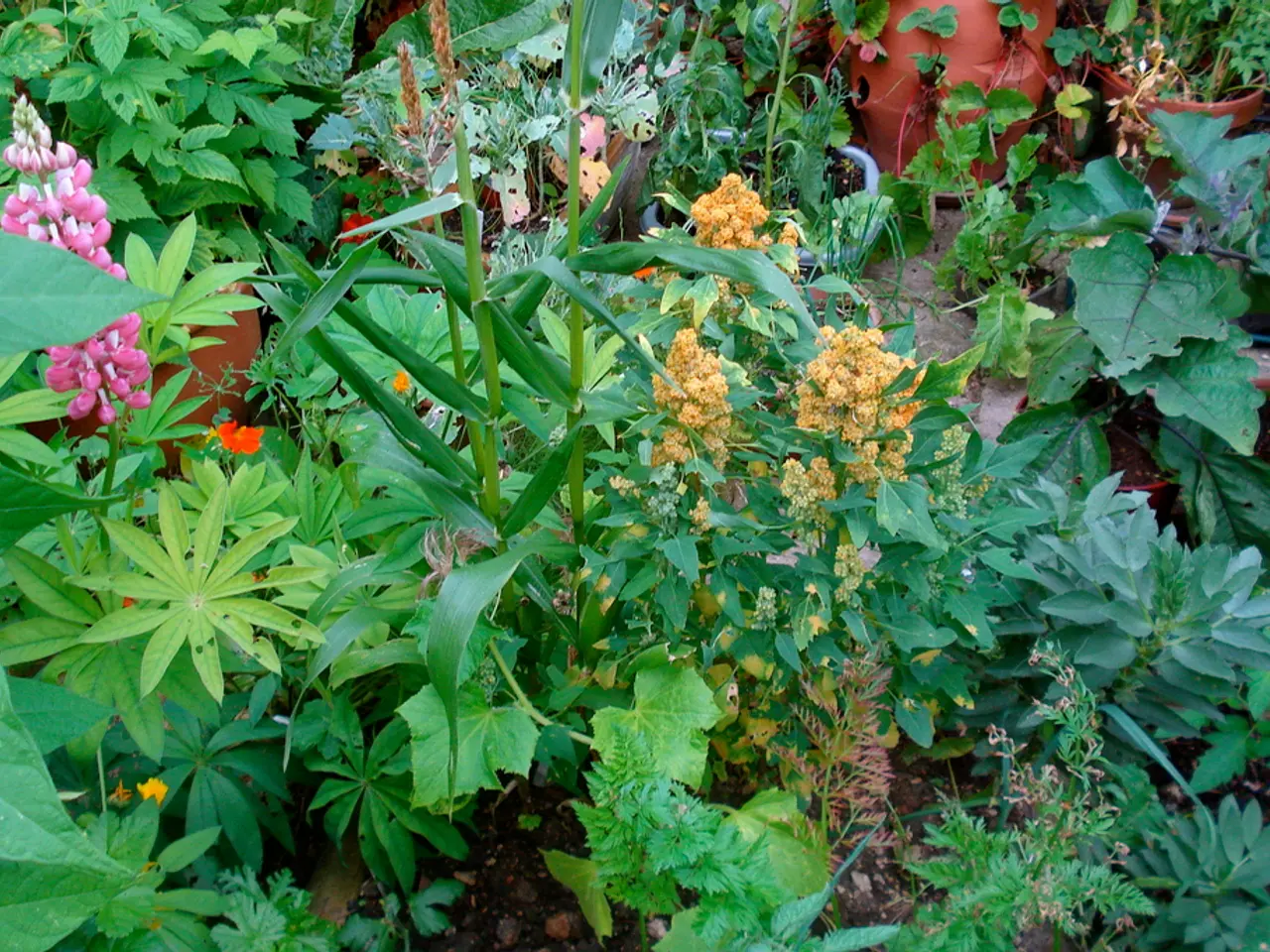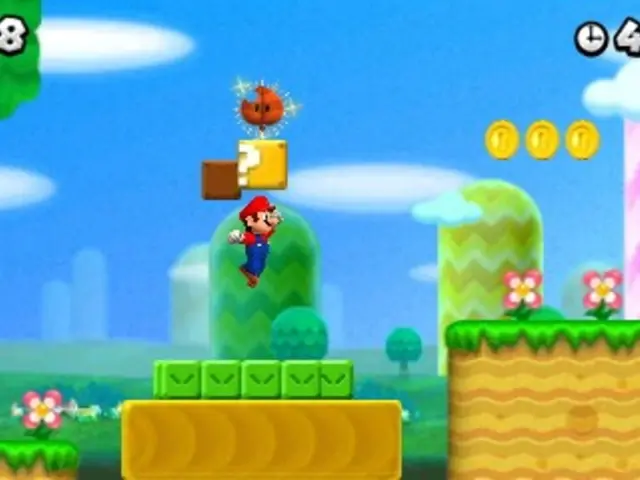Managing Bindweed: Guidelines for Effective Control
In gardens across the UK, one persistent problematic weed has been causing headaches for gardeners - bindweed. This perennial weed, known for its ability to grow to form a large mass of foliage, can choke garden plants, reducing their growth or even killing smaller plants entirely.
There are two types of bindweed: hedge bindweed and field bindweed. Hedge bindweed, Calystegia sepium, is fast-growing with slender, twining stems and large white trumpet flowers, while field bindweed, Convulvulus arvensis, bears smaller pink or white trumpet flowers and is smaller and less vigorous overall.
To tackle this persistent problem, gardeners have several options. Glyphosate, a systemic weedkiller, has been identified as the only chemical that can kill bindweed completely. It comes in several formulations, including ready-to-use spray and concentrate. However, it should be applied carefully to avoid getting it on garden plants, as it kills everything it touches. Glyphosate has been banned for municipal use by many UK councils due to health concerns, as it is linked to various human cancers.
To control bindweed growing among garden plants, putting canes in the ground for the bindweed to twine up is a useful technique. Slip the growth off the cane, put it into a clear plastic bag (still attached to the roots), apply glyphosate, and secure the bag with a clothes peg. Leave it in place until the bindweed is completely dead.
For those who prefer chemical-free methods, there are several effective options. Hand pulling frequently before it flowers and produces seeds is one such method. Regular pulling helps prevent spread, and if done often, most of the roots can be removed. This limits bindweed’s expansion but does require persistence due to its deep roots.
Mulching to suppress bindweed growth is another effective method. Thick organic mulch or special mulches like cow manure mats can create a barrier that bindweed struggles to penetrate, reducing its spread and emergence. Mulch also conserves soil moisture and benefits desirable plants.
Smothering or sheet mulching, covering the ground with opaque materials such as cardboard or landscape fabric, can starve bindweed of light and weaken it over time.
Natural contact treatments like boiling water directly on bindweed foliage or vinegar-based natural herbicides can also be used. These treatments kill the parts they touch immediately but repeat treatments are required since roots may survive. Careful application is necessary to avoid harming neighbouring plants.
The most effective chemical-free approach combines persistent manual removal with mulching and smothering techniques to exhaust bindweed’s energy reserves. Avoiding seed set by early removal is key to reducing spread.
It is important to note that bindweed roots should not be composted in a regular compost bin as they will survive and can be spread around the garden. Instead, they can be safely composted in stout black plastic sacks and left for at least a year before disposal.
In conclusion, whether you choose to use chemical methods or opt for chemical-free alternatives, persistence and regular maintenance are key to controlling bindweed in your garden.
In the realm of home-and-garden maintenance, tackling bindweed becomes an essential aspect of one's gardening lifestyle. Employing chemical-free methods such as regular hand-pulling, mulching, and smothering techniques help curb the persistent growth of bindweed while preserving the organic nature of one's garden.








